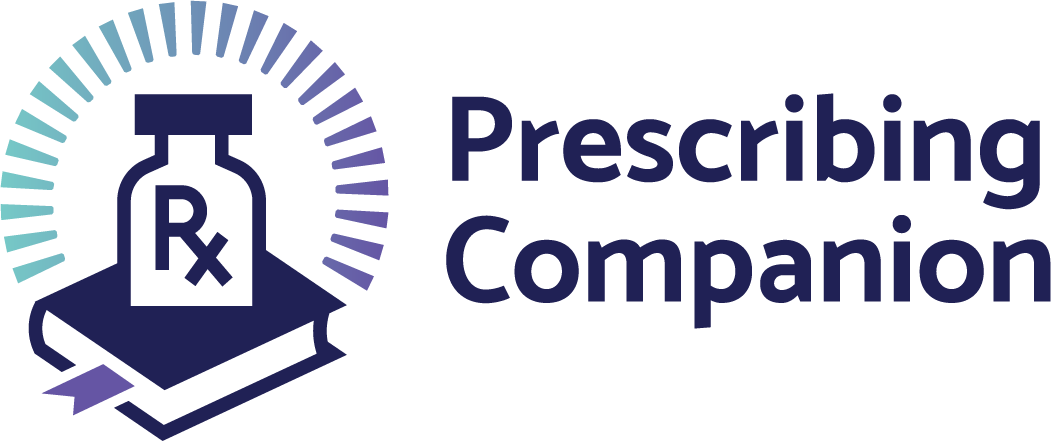The Plague
exp date isn't null, but text field is
This is an acute, severe infection appearing in, bubonic, septicemic or pneumonic form, but pharyngeal and meningeal could also be found. This is caused by a bacteria called Yersinia pestis; a short bacillus that often shows bipolar staining (especially with Giemsa stain). Plague often occurs primarily in rodents e.g. rats. Plague is transmitted from rodent to man by the bite of an infected flea vector. Man to man infection occurs through inhalation of droplets in pneumonic plague. Septicaemia and meningeal plague are due to haematological spread.
Clinical Features Symptoms
- Headache
- Severe malaise
- Vomiting
- Chills
- Muscle pain
- Cough
- Abdominal pain
- Chest pains
Bubonic Plague
This is the commonest form. The incubation period varies from a few hours to 12 days but is usually 2 to 5 days. Onset is abrupt often associated with chills, fever, rapid pulse with low blood pressure (hypotension) may occur. Enlarged lymph nodes (buboes) appear very shortly before the fever. The femoral and inguinal lymph nodes are most commonly involved; followed by axillary cervical or multiple nodes. Typically, the nodes are extremely tender and firm, surrounded by considerable oedema. The liver and the spleen may be palpable. The mortality rate of the untreated patient is about 60%.
Primary Pneumonic Plague
This has 2 to 3 days incubation period, followed by abrupt onset of high fever, chills, tachycardia and headache, often severe. Cough is not prominent initially. Cough develops within 20 to 24 hours with the sputum, mucoid at first, and rapidly becomes bloody.
Chest X-ray shows progressive pneumonia. Most untreated patients die within 48 hours of the onset of symptoms.
Diagnosis is based on the recovery of the organisms which may be isolated from blood, sputum or lymph node aspirate. Needle aspiration of bubo is preferable since surgical drainage may disseminate infection. Inject sterile Phosphate buffered saline in the bubo and aspirate the pus.
Treatment Drugs
Uncomplicated plague
Treatment in Adults
• Streptomycin 15mg/kg 12 hourly for 10 days or Gentamicin 5mg/kg IM or IV qid or Doxycycline 100mg po bid or Chlorampenicol 25mg/kg IV qid
• Tetracycline 250mg -1g orally 6 hourly for 7 to 10 days or
• Chloramphenicol 25mg/kg I.V or orally 6 hourly for 7 to 19 days.
Treatment in pregnancy
• Gentamycin 5mg/kg IM
• Doxycycline 100mg PO bid
Treatment in children
• Streptomycin 15mg/kg IM BID
• Gentamycin 2.5mg/kg IM
• Doxycycline 2.2mg/kg IV BID
• Chlorampenicol 25mg/kg IV QID
Prevention This is based on rodent control and the use of repellent to minimize fleabites. Through immunization with standard killed plague vaccine gives protection to at-risk individuals e.g. veterinary doctors.
